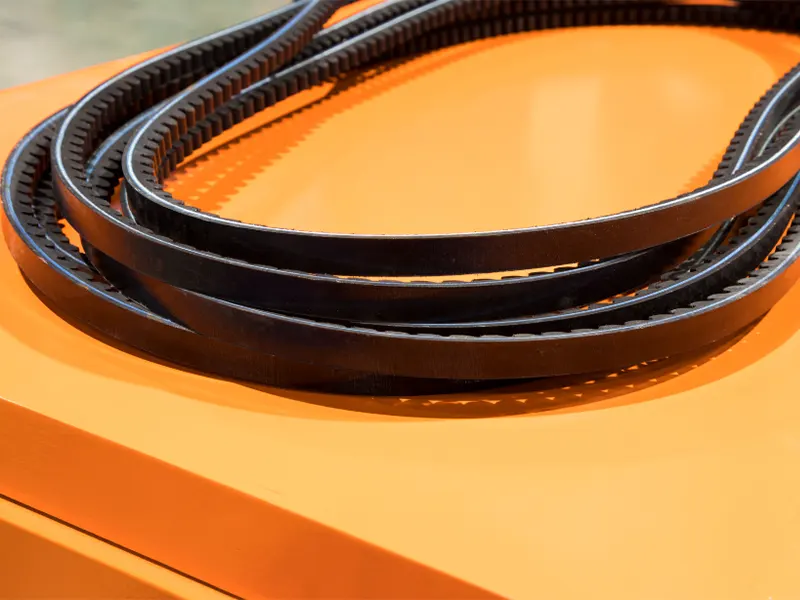Replacing your vehicle’s timing belt yourself is not recommended for most car owners. The risks of engine damage from mistakes are too high, and it requires specialized tools and mechanical skills.
This article examines the complex steps for DIY timing belt replacement, the risks involved, the cost of professional service, and answers related questions on timing belt and chain replacement.
Key topics covered include the procedure, tools needed, risks and costs, and recommendations for when to change belts and use professionals. Ultimately, timing belt replacement is best left to expert mechanics in most cases.
Can I Replace the Timing Belt Myself?
Replacing your timing belt is an involved job that requires some mechanical skills and special tools. While it is possible for some car owners to replace it themselves, there are risks involved if the job is not done correctly.
The short answer is that timing belt replacement is a challenging DIY project that is best left to professional mechanics for most vehicle owners. Replacing the timing belt requires working in tight spaces and getting all timing marks aligned perfectly. A mistake can lead to serious engine damage.
Replacing the Timing Belt Yourself
If you decide to replace the timing belt yourself, be prepared for a time-consuming job. Here are the basic steps involved:
Tools and Supplies Needed
- Ratchets, wrenches, and sockets for removing accessories to access the timing belt. Metric and standard sizes are often required.
- Torque wrench for tightening bolts to manufacturer’s specifications
- Timing light to set timing marks precisely
- Replacement timing belt kit with belt, tensioner, idler pulleys, and water pump
- Jacks and jack stands for lifting and supporting the vehicle
- Clean rags, towels, buckets to catch spilled coolant and oil
Steps Involved
- Drain engine coolant into a clean container for reuse
- Remove necessary accessories including the radiator, fan, belts, and pulleys to access the timing belt
- Support the engine using a jack and remove the motor mount bolts if necessary
- Loosen the timing belt tensioner and remove the belt from the pulleys
- Thoroughly clean the timing belt area and inspect pulleys and seals for wear
- Set the crankshaft and camshaft timing marks in the exact positions indicated in the manual
- Install the new timing belt following the routing indicated in the manual
- Adjust the timing belt tension as specified and tighten bolts on pulleys, tensioners, and idlers
- Reinstall all accessories and parts removed in reverse order
- Refill the cooling system, check for leaks, and test run the engine
This is a complex process that involves many steps and precise adjustments. Expect the timing belt replacement to take 4-6 hours or longer.
Risks of Replacing the Timing Belt Yourself
Replacing the timing belt incorrectly can lead to very expensive engine repairs, including:
- Bent valves if the timing is off even one tooth, requiring cylinder head removal
- Piston and valve damage from piston to valve contact
- Damage to pistons and valves if the timing belt breaks while running
- Oil leaks if new seals are not properly installed
- Engine overheating from coolant leaks
Unless you are very skilled mechanically, it is advisable to leave timing belt service to professional mechanics. The risks and costs of engine damage from DIY mistakes are very high.
Cost of Replacing the Timing Belt Professionally
Most auto repair shops will charge 4-8 hours of labor to replace the timing belt, water pump, tensioner, idler pulleys, and seals.
This typically costs $400-$1200 depending on the vehicle’s make and model. While not cheap, paying a professional mechanic is worthwhile to avoid catastrophic engine damage from mistakes.
When to Replace the Timing Belt Again
For most modern vehicles, manufacturers recommend replacing the timing belt every 60,000-105,000 miles. Refer to your owner’s manual for the recommended interval for your specific vehicle. Replacing it before this interval will avoid a belt failure that could destroy the engine.
Is it easy to replace a timing belt yourself?
No, replacing a timing belt yourself is not an easy job. It requires mechanical skills, specialized tools, and the ability to follow complex procedures precisely. The risks of engine damage are high if the belt is not installed correctly. This is a job best left to professional mechanics for most car owners.
Do I need to change the water pump when I change the timing belt?
Yes, it is highly recommended to replace the water pump whenever the timing belt is replaced. The water pump is driven by the timing belt and has a similar service life. Replacing it along with the belt avoids having to do the labor intensive job again soon.
Can I replace a timing chain myself?
Timing chains are more durable than belts, but replacing them is an even more complex job not recommended for DIY mechanics. Like timing belts, a mistake with timing chain replacement can cause catastrophic engine damage. In most cases, this is a job best left to professional technicians.

John Smith, a Los Angeles-based car specialist and automotive writer, boasts over 20 years in the industry. With a background as a master technician and a decade-long writing stint at notable automotive publications, John now shares his expansive knowledge on CarFinite, simplifying car maintenance for readers.

